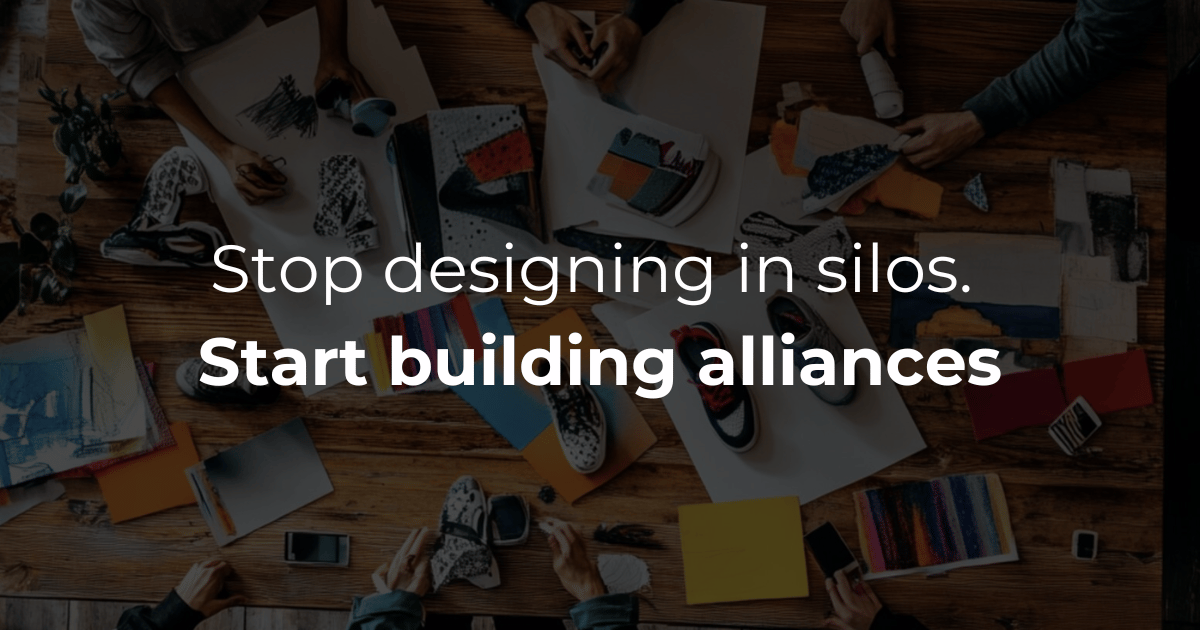- Creative Caffeine by Erin Bornstein
- Posts
- Why Top Footwear Designs Never Make It
Why Top Footwear Designs Never Make It
Exploring the hidden barriers between innovation and production.

Why Top Footwear Designs Never Make It.
ReBorn Designs / Read Time: 6.8 min
No one told me how political footwear design could be.
I learned this lesson the hard way. Early in my career, I designed what I thought was the perfect women's trail runner.
Fresh upper. Commercial outsole. Hit the margin targets perfectly.
It checked every single box.
And then? It got shelved.
A senior VP liked someone else's design more. No feedback. No explanation. Just... gone.
That moment lit a fire in me.
Because I realized, it's not just about the shoe. It's about the story behind the shoe.
Need help navigating footwear politics? Book a free 30-minute Discovery Call and let's discuss your design challenges.
The Industry's Dangerous Blind Spot
Most designers think exceptional design speaks for itself. It doesn't.
They believe technical excellence automatically wins the day. It won't.
Many talented footwear creatives spend countless hours perfecting every technical aspect of their designs, only to watch them disappear into the void.
The truth? The best design doesn't always win. Sometimes, the best narrative does.
And this gap between creation and production costs brands millions in wasted development and missed market opportunities.
In today's newsletter, I'm going to show you:
How to identify the hidden stakeholders who can make or break your design
The exact process I developed to build cross-departmental support for new concepts
Why timing your design process with marketing initiatives creates unstoppable momentum
The surprising department that can be your greatest design ally (hint: it's not who you think)

From Frustration to Framework
That shelved trail runner changed everything for me.
I stopped designing in a silo.
Instead, I started aligning earlier with marketing. I sat in on sourcing calls. I talked to sales. I listened to consumers.
The result?
My production success rate jumped from 40% to nearly 85%. Not because my designs improved dramatically, but because the narrative around them strengthened.
During a recent project with a major athletic brand, we faced aggressive competition for production slots. The technical differences between concepts were minimal. But by bringing marketing into the design process from day one, we built a cohesive story that sailed through review.
"This isn't just a shoe," the CMO said. "It's a campaign ready to launch."
Here's the deal: Design is no longer just about taste. It's about timing, teamwork, and translation.
The Political Designer Framework
1. Map Your Stakeholders
Who has the real power to green-light production? Go beyond the obvious. Yes, design directors matter, but so do marketing VPs, sourcing managers, and sometimes even sales executives. Create a stakeholder map before you sketch a single line.
Identify formal and informal influencers
Learn their priorities and pain points
Discover their communication preferences
The most common pitfall? Assuming technical decision-makers are your only audience.
2. Build Your Coalition Early
Start conversations before you finalize concepts. Don't wait until review time to involve other departments. Share thinking early, incorporate their insights, and make them feel ownership in the outcome.
Host cross-departmental ideation sessions
Share progress updates strategically
Ask for specific input that makes stakeholders feel valued
But then I noticed something weird. The most successful designs weren't necessarily those with the most input. They were those with the most aligned narrative.
3. Translate Across Departments
Speak everyone's language Marketing cares about storytelling. Finance focuses on margins. Sourcing worries about feasibility. Learn to present your design in terms that resonate with each stakeholder's priorities.
For Marketing: Highlight consumer stories and campaign potential
For Finance: Emphasize margin and volume potential
For Sourcing: Showcase material efficiencies and production practicalities
The biggest mistake? Using design language when talking to non-designers.
4. Time Your Process Strategically
Align with organizational rhythms Understand when budgets are allocated, when marketing plans are finalized, and when production slots are assigned. Then time your design process accordingly.
Sync with marketing calendar milestones
Align with sourcing's material development timeline
Know when senior leadership makes go/no-go decisions
Your brilliant winter boot concept won't matter if it misses the seasonal planning window, no matter how good it is.
The Proof Is in Production
Last quarter, I worked with a footwear startup that had struggled to get concepts past their manufacturing partner's review process. By implementing this framework, we didn't just get approval. We got enthusiasm.
The manufacturing partner actually increased their production allocation by 15% because the concept had built-in support from every department.
Here's why this works when traditional approaches fail: it transforms design from a subjective choice into a strategic business decision with multiple champions.
Ready to get your designs into production? Schedule a Discovery Call and let's create your stakeholder strategy.
Your Turn:
Map your design's stakeholders this week. Who has visible power? Who has invisible influence?
Identify one cross-departmental ally you can bring into your process earlier.
Ask yourself: "What's the story behind my design that would matter to someone outside my department?"
Remember: You can't just drop a sketch and hope. You need to build the case before you build the shoe.
That's how great design actually gets made.
See you next time!
Erin

Powered by ReBorn Designs
PS: If you’re ready for more, here are other ways I can help:
If you have any questions, reply to this email.
Need more guidance? Hop on a Discovery Call & let’s talk more.
Follow me on LinkedIn for bite-sized tips throughout the week (free)